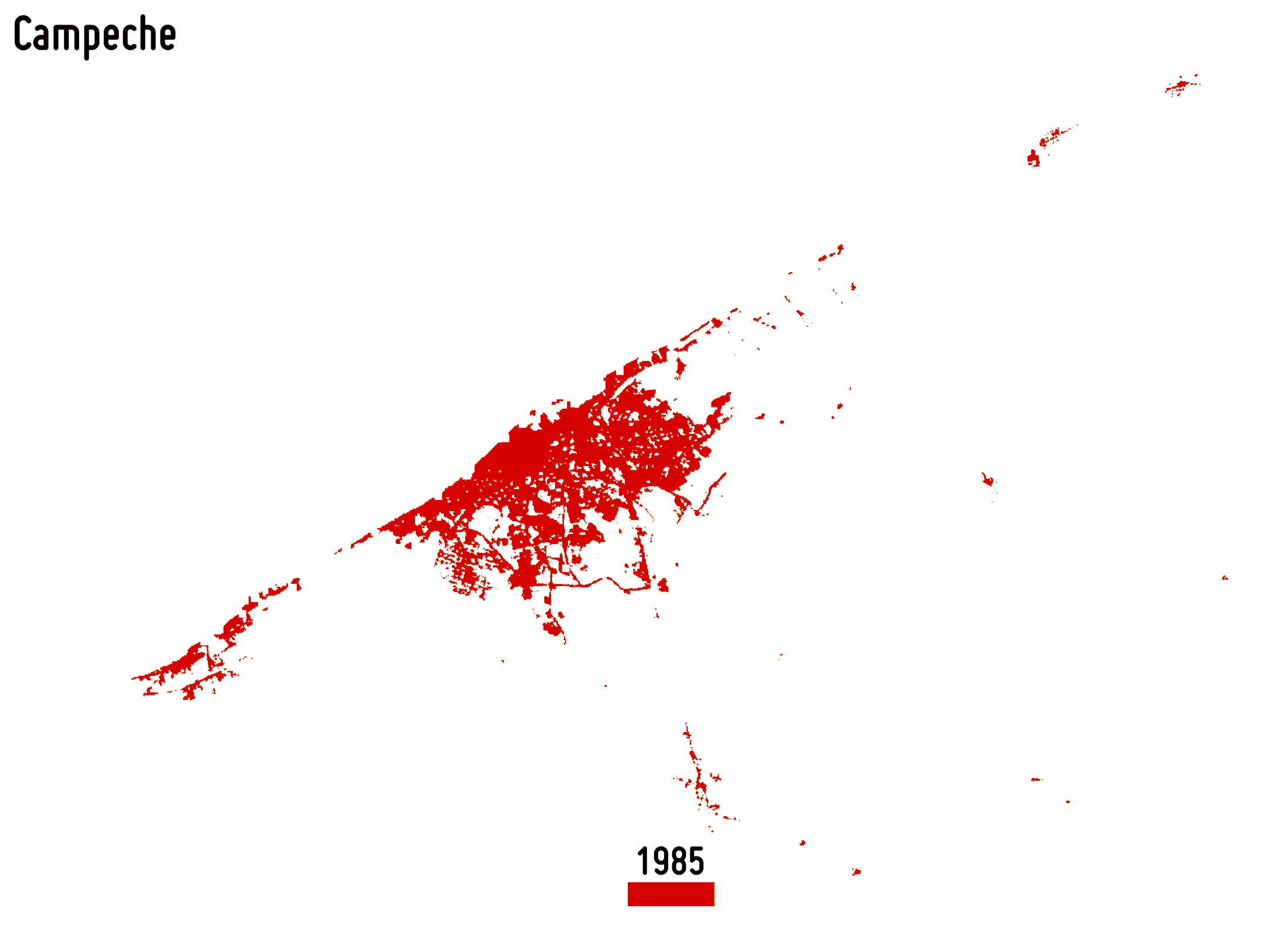
urban development
earth observation for sustainable development

an ESA project aimed at deriving key geo-information products from Earth Observation data in support of urban development programmes
Since 2008 the European Space Agency (ESA) has worked closely together with the International Financing Institutions (IFIs) and their Client States to harness the benefits of Earth Observation (EO) in their operations and resources management. In this context, Earth Observation for Sustainable Development (EO4SD) is a new ESA initiative, which aims at increasing the uptake of EO-based information in the IFIs regional and global programmes by means of a systematic user-driven approach.
Urban development has been identified as one of the three high-priority EO4SD thematic areas (together with water resources management and agriculture and rural development). Indeed, many governments are facing worldwide the staggering growth of urban areas and the difficulty to properly cover the basic needs of the fast growing urban population. The ability to successfully maintain or establish adequate services related to infrastructure, water supply, electricity, sanitation, or poverty and education is then of paramount importance and has a strong influence on the overall development of a country.




A key requirement to implement effective procedures for urban management and service provision is the availability of consistent, accurate and up-to-date information on the status and development of the built environment. Here, EO technology offers great capabilities for the inventory and analyses of urban areas with high potential to inform and facilitate international development work in a globally consistent manner. To face this challenge, ESA funded in May 2016 the EO4SD for Sustainable Urban Development (EO4SD-Urban) project which is being implemented by a Consortium of EO Service Providers and Research Organisations.
Objectives
EO4SD-Urban aims at demonstrating the benefits of EO-based geo-information products and services to support urban planning tasks in the context of programs related to the IFIs and stakeholders in Client States. Specifically, its goals are:
-
To provide convincing demonstrations of the benefit and utility of EO-based information in the urban framework;
-
To provide the intended services on a regional basis for about 40 cities;
-
To ensure that the products and services are user-driven via a strong engagement with IFIs, stakeholders and Client States;
-
To provide an operational urban service portfolio offering quality controlled products;
-
To provide a technology transfer via capacity building exercises in the selected study regions;
-
To ensure a robust organization of service networks with the regional counterparts via dedicated local offices;
-
To develop new business opportunities in urban EO services for the European industry.

Image: ESA
Portfolio
Based on the current state-of-the-art of satellite remote sensing and initial discussions with stakeholders, the current service portfolio outlines the preliminary composition of the information services/products which can be provided.
Have a look to the complete product portfolio brochure or browse some sample products by clicking the dedicated buttons below.
(click on "App tour" in the menu bar when accessing)

Image: ESA
Where we work
EO4SD-Urban aims at providing support to several initiatives of the World Bank (WB), the Asian Development Bank (ADB), the Inter-American Development Bank (IABD) and the Global Environment Facility (GEF).
In this framework, the list of case studies currently includes 32 cities with an emphasis on low-capacity environments (low- and lower-middle-income developing countries), selected megacities and their hinterlands, and secondary (emerging) cities with a population between approximately 300,000 and 3 million inhabitants. Move the mouse cursor over the place markers in the maps below to discover each of them.
For more details on the supported initiatives, please visit the dedicated page here.
WB Initiatives
ADB Initiatives
IADB Initiatives
GEF Initiatives

Image: ESA
Project Consortium
The Consortium performing the project is composed of eight companies/institutions - lead by GAF AG (Germany) - with deep and complementary EO technical proficiency and wide experience in developing geo-spatial operational services in the urban domain to users in both developing and developed countries. In particular, it includes: SIRS (France), gisat (Czech Republic), egis (France), the German Aerospace Center - DLR (Germany), NEO (The Netherlands), JOANNEUM RESEARCH (Austria), GISBOX (Romania).









